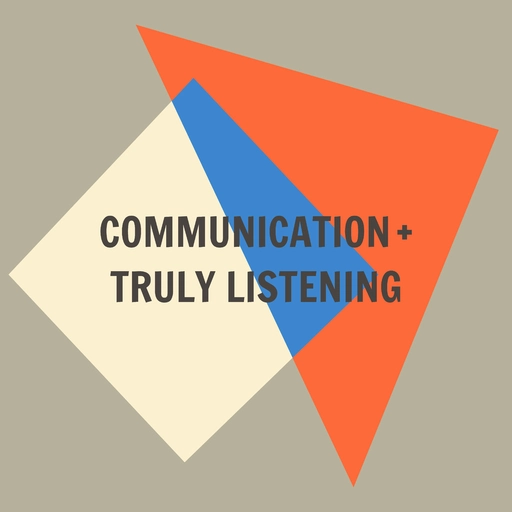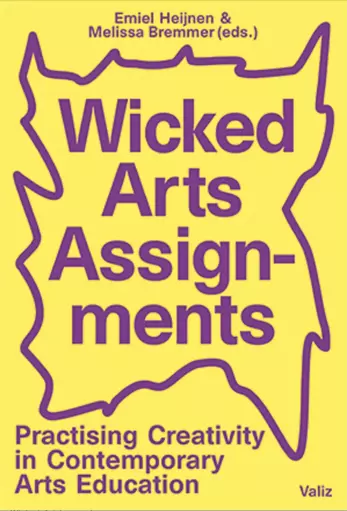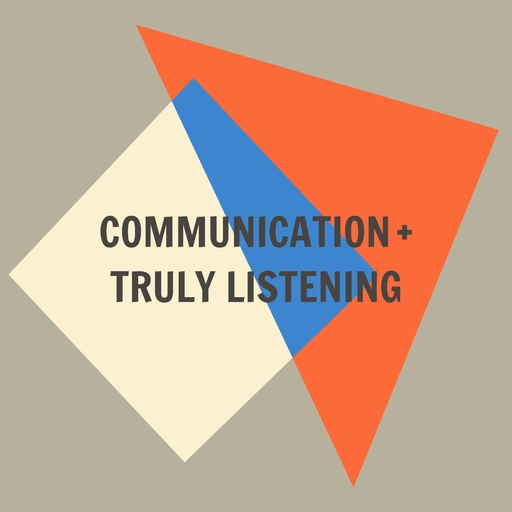To do E part 2
‘Gaze’ Addition:
Change the gaze from the ‘stick’ point to a specific point between the eyes of the partner.
‘Space’ Addition: Start to move covering the whole space not necessarily moving in straight lines.
‘Speed Change’ Additions: Change speed, suddenly not gradually, from ‘slow’ to ‘fast’.
Change speed, suddenly not gradually, from ‘fast’ to ‘slow’.
‘Stop-non-Stop’ Addition: Immediate stop of the couple, maintaining the inner impulses of the action.
Impulses’ Addition: Transfer ‘the whole action to the inner body, transforming it in impulses.




